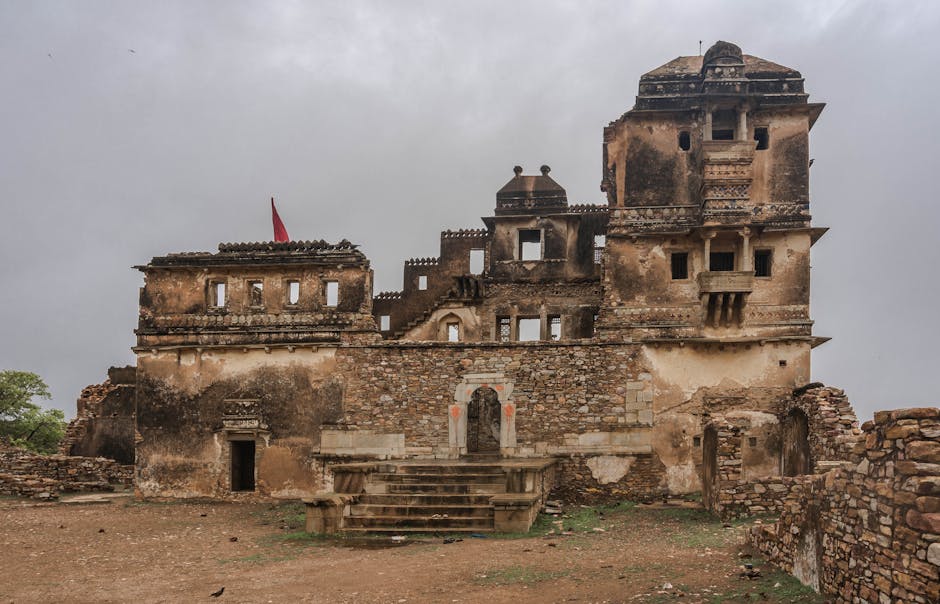NIA Uncovers Mastermind in 2000 Red Fort Terror Attack
The National Investigation Agency (NIA) has made a major breakthrough in the decades-old Red Fort terror attack case, naming Mohammad Arif alias Ashfaq, a Pakistan-based Lashkar-e-Taiba (LeT) operative, as the mastermind. The agency also labeled Umar, a Pakistani national, as the designated ‘suicide bomber’ in the attack that killed three Army personnel and injured several others.
Details of the 2000 Red Fort Attack
On December 22, 2000, terrorists breached security at Delhi’s iconic Red Fort—a symbol of India’s sovereignty—and opened fire. The attack, timed days before the anniversary of the 1971 India-Pakistan war, was seen as a direct assault on the nation’s military and historical pride.
Key Arrests and Fresh Evidence
After 23 years, the NIA has arrested Tariq Ahmed Dar, a Kashmir-based businessman, for allegedly aiding the terrorists. Dar, previously acquitted due to insufficient evidence, was re-arrested after new leads emerged.
The chargesheet reveals:
– Umar, a Pakistani national, was the suicide bomber who died during the attack.
– Two other terrorists escaped.
– Local operatives in Jammu & Kashmir provided logistics, weapons, and funding.
International Terror Links
Investigations confirm LeT chief Hafiz Saeed’s involvement, with planning done in Pakistan. The NIA has phone intercepts and witness statements linking Arif to Indian handlers. Pakistan’s ISI has long been accused of backing such attacks but denies involvement.
Legal & Political Reactions
The case has seen multiple acquittals due to earlier lack of evidence. Home Minister Amit Shah vows justice, while opposition leaders question the delays. Families of the victims seek closure as the NIA prepares a supplementary chargesheet.
Next Steps in the Investigation
The NIA is probing possible links to other terror attacks and sleeper cells. The case highlights India’s persistent terrorism threats and the need for stronger counter-terror measures.




